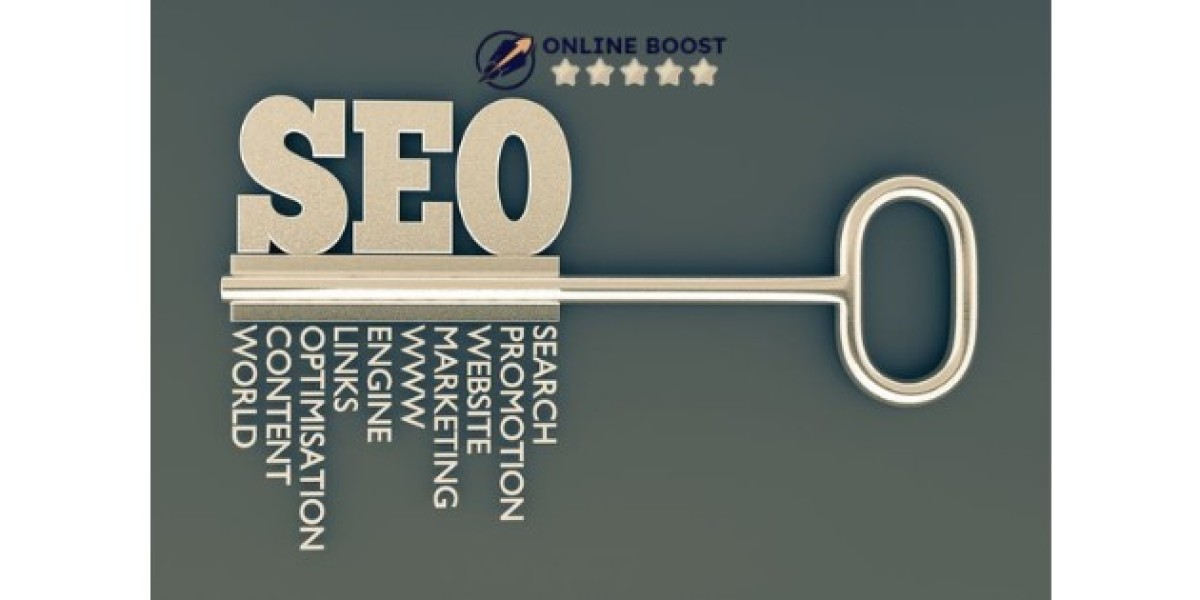In the highly competitive world of online retail, having a great product selection and a functional website is only the beginning. The true challenge lies in ensuring potential customers can find your store amidst countless competitors. This is where e-commerce SEO becomes indispensable. Unlike general SEO, e-commerce search engine optimization requires a specialized approach focused on product pages, category structures, and commercial intent keywords. A well-executed e-commerce SEO strategy does more than just improve your search engine rankings; it drives qualified traffic of shoppers who are actively ready to buy. By understanding and implementing the unique technical and content requirements of online product searches, you can transform your e-commerce site from a hidden gem into a thriving digital destination that consistently attracts new customers and generates sustainable revenue.
Mastering Keyword Research for Commercial Intent
The foundation of any successful e-commerce SEO campaign begins with understanding what your potential customers are searching for and why. Not all keywords are created equal, especially in e-commerce. The focus must be on identifying terms with strong commercial intent—phrases that indicate the searcher is ready to make a purchase or is seriously considering it. These include specific product names, model numbers, and "buy" keywords rather than broad informational queries. For instance, someone searching for "best running shoes" might be in the research phase, while a person searching for "buy Nike Air Max 2024" has clear commercial intent. Using keyword research tools can help you uncover these valuable terms, understand their search volume, and analyze the competitive landscape. This research should inform everything from your product page titles to your category descriptions, ensuring you are visible to shoppers at the crucial moment they are ready to convert.
Optimizing Product Pages for Maximum Conversion
Each product page on your e-commerce site represents a critical opportunity to rank in search results and make a sale. A fully optimized product page serves both search engines and potential customers. Start with a unique, keyword-rich title tag that includes the product name and key features. The product description should be substantial, original, and focused on benefits, not just copied from the manufacturer. Use bullet points to highlight key specifications and make the copy easy to scan. High-quality images and videos are non-negotiable; they build confidence and reduce purchase anxiety. Schema markup, specifically Product schema, is a powerful technical tool that helps search engines understand your product details, including price, availability, and review ratings, which can lead to rich snippets in search results. For store owners who want to ensure their technical and on-page SEO is flawless, collaborating with experts like Online Boost can provide a comprehensive audit and optimization plan tailored to the unique demands of e-commerce platforms.
Structuring Your Site with Logical Categories
A clear and intuitive site architecture is vital for both user experience and SEO. Your category pages act as pillars of your site's structure, grouping related products and targeting broader, high-value keywords. A logical hierarchy helps users navigate your site effortlessly and allows search engine crawlers to understand the relationship between your pages. For example, a clothing store might have a path like Home > Women's > Shoes > Athletic. Each category page should have its own unique title, meta description, and helpful introductory content that explains what the category contains and why a shopper should be interested. This not only helps these pages rank for terms like "women's athletic shoes" but also creates a smooth browsing experience that encourages visitors to explore deeper into your site, reducing bounce rates and increasing the likelihood of a purchase.
Creating Unique Content to Overcome Duplication Issues
E-commerce sites often face the challenge of duplicate content, which can occur when the same product is listed in multiple categories or when product descriptions are sourced directly from manufacturers. Search engines penalize duplicate content because it creates a poor user experience. To combat this, focus on creating unique value for every page. Write original product descriptions that tell a story and highlight unique selling points. Develop robust category pages with original introductory text. Beyond product and category pages, consider creating a blog or resource center that publishes helpful, in-depth content related to your products. For a store selling camping gear, this could include articles like "The Ultimate Guide to Winter Camping" or "How to Choose the Right Hiking Boots." This content attracts links, engages users, and targets informational keywords that can eventually lead to commercial conversions.
The Power of Customer Reviews and Ratings
In the world of e-commerce, social proof is a powerful currency. Customer reviews and ratings significantly influence purchasing decisions and are a direct ranking factor for Google. Products and pages with a substantial number of positive reviews are more likely to rank higher in search results. Reviews also provide fresh, user-generated content that contains natural language and long-tail keywords, further signaling relevance to search engines. Actively encourage your customers to leave reviews after their purchases. Make the process simple and follow up with email requests. Showcase these reviews prominently on your product pages. For new stores or products, generating initial reviews can be a hurdle. While organic reviews are ideal, some businesses use a strategic approach to buy reviews for Google to establish initial credibility. This can help kickstart social proof, but it should be part of a broader strategy focused on earning genuine, long-term customer feedback through excellent products and service.
Optimizing for Site Speed and Mobile Users
E-commerce is increasingly mobile-first. A slow-loading website or one that provides a poor experience on smartphones will suffer in search rankings and lose conversions at an alarming rate. Shoppers on mobile devices are often looking for quick answers and instant gratification. Optimize your site's loading times by compressing images, leveraging browser caching, and minimizing code. Ensure your design is fully responsive, meaning product images, descriptions, and the checkout process are seamless and easy to navigate on any device. Buttons should be large enough to tap, and forms should be auto-filled where possible. Google's Core Web Vitals are now a formal ranking factor, making page experience a direct component of your SEO success. A fast, mobile-friendly site is no longer a luxury but a fundamental requirement for competing in the e-commerce space.
Building Authority Through Link Building and Outreach
While technical and on-page SEO are crucial, your e-commerce site also needs authority signals from other websites to rank for competitive terms. This is where link building comes in. E-commerce link building can involve outreach to bloggers for product reviews, collaborating with influencers, creating shareable infographics, or publishing such high-quality blog content that others naturally reference and link to it. You can also identify broken links on relevant industry blogs (a tactic known as broken link building) and suggest your product page as a replacement. Earning links from reputable sites tells search engines that your store is a trustworthy and authoritative source, which can significantly boost your rankings for valuable commercial keywords.
Conclusion
E-commerce SEO is a multifaceted and ongoing process that requires a strategic blend of technical optimization, content creation, and user experience design. By focusing on commercial keyword intent, crafting unique and compelling product pages, building a logical site structure, and leveraging the power of social proof, you can build a visible and profitable online store. This disciplined approach ensures that your products are presented to the right audience at the perfect moment in their buying journey. In the vast digital marketplace, a robust e-commerce SEO strategy is not just a marketing tactic—it is the essential framework for sustainable growth, customer acquisition, and long-term success.




